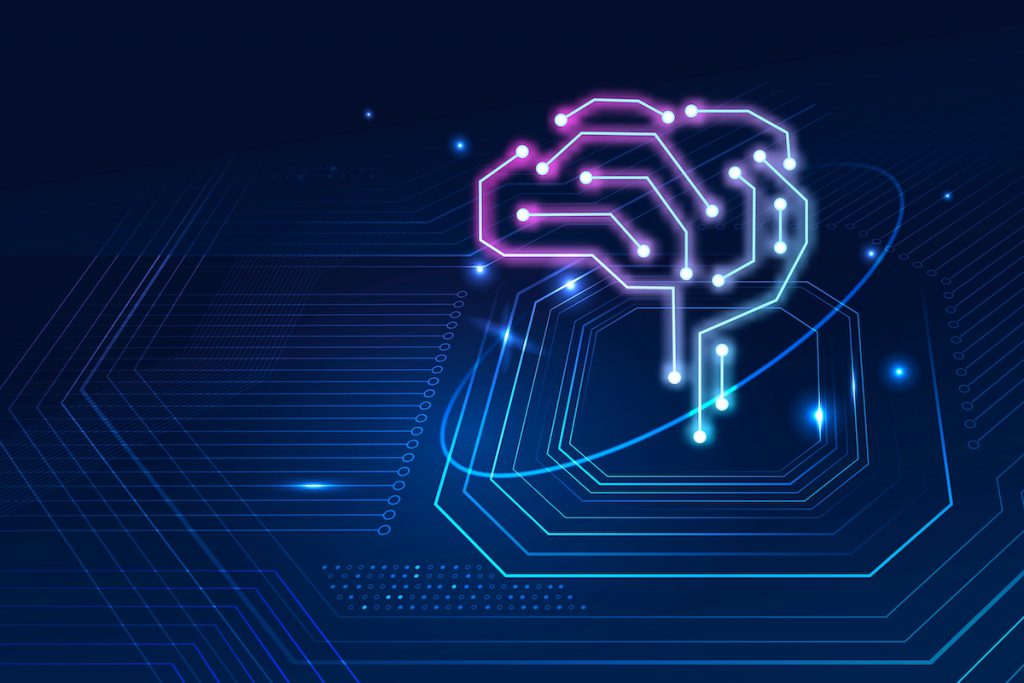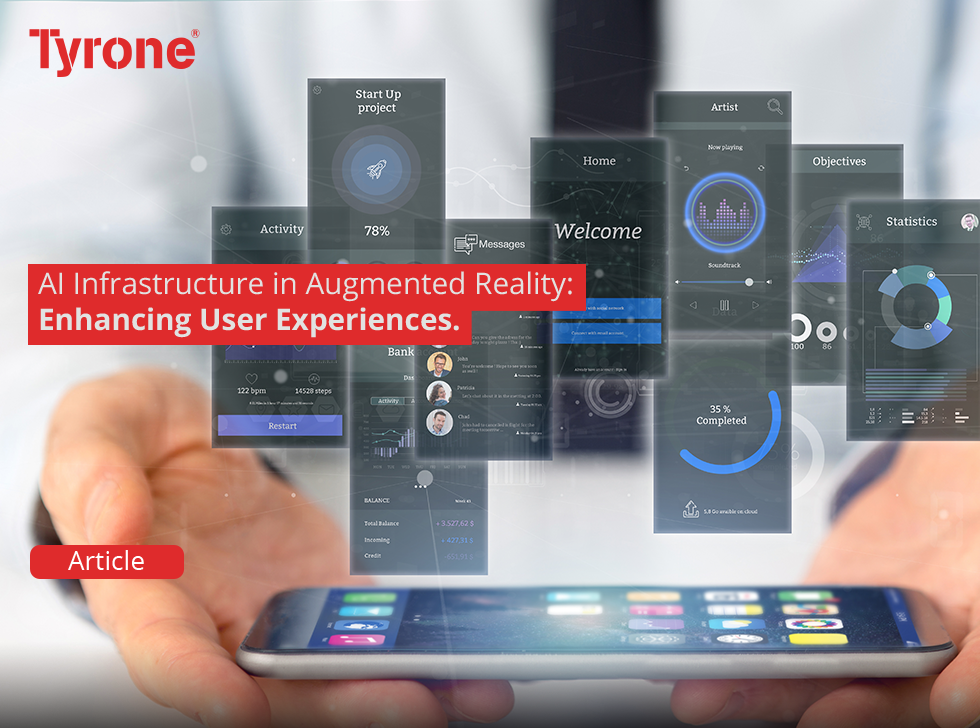In recent years, Augmented Reality has evolved from being a novelty to an essential technology that seamlessly blends the physical and digital worlds. This evolution has been accelerated by the integration of Artificial Intelligence, which brings a wealth of capabilities to AR applications, enhancing user experiences beyond imagination.
Understanding AI Infrastructure in AR
The Role of Machine Learning
At the core of AI-driven AR is machine learning, where algorithms learn from data to make informed decisions. In AR, this translates to improved object recognition, spatial understanding, and real-time scene interpretation.
Real-time Data Processing
AI-empowered AR demands swift data processing. AI algorithms process vast amounts of data in real time, allowing AR applications to overlay digital information onto the physical world without noticeable lag.
Enhancing Visual Perception
Object Recognition and Tracking
AI enables AR devices to identify and track objects accurately. This capability has applications ranging from interactive gaming to practical tasks like navigation and interior design visualization.
Simulating Real Environments
AI can simulate real-world environments within AR, enabling users to visualize changes before implementing them. This finds utility in architecture, urban planning, and interior design.

Personalized and Contextualized Experiences
User Behavior Analysis
AI observes user behavior within AR environments, tailoring experiences based on preferences and actions. This personalization fosters deeper engagement and satisfaction.
Content Recommendation Systems
By analyzing user interactions, AI suggests relevant AR content. Whether it’s suggesting tourist spots or aiding in shopping decisions, this feature adds value to users’ lives.
Seamless Integration with Wearable Devices
AR Glasses and Smart Accessories
Wearable devices like AR glasses incorporate AI for intuitive interactions. These devices respond to gaze, gestures, and voice commands, making technology feel more natural.
Gesture and Voice Control
AI algorithms understand and interpret gestures and voice commands, reducing the reliance on traditional input methods. This fosters hands-free convenience.
Overcoming Technical Challenges
Latency and Bandwidth Limitations
One of the challenges is minimizing latency in AR interactions. AI helps by processing data locally, reducing the need for constant cloud communication.
Energy Efficiency and Battery Life
AI optimization techniques enhance the efficiency of AR devices, extending battery life while maintaining high performance.
The Future Landscape of AI-Enhanced AR
The future holds the promise of even more immersive and sophisticated AR experiences. As AI continues to advance, it will refine AR’s capabilities, making it an indispensable part of daily life.
Ethical Considerations in AI-AR Integration
The integration of AI and AR also raises ethical concerns, including privacy issues and the potential for misuse. Striking a balance between innovation and ethical responsibility is crucial.
Conclusion: A New Era of Interaction
In conclusion, AI infrastructure has ushered in a new era of augmented reality experiences. The marriage of AI and AR has transformed the way we perceive and interact with our surroundings, creating a canvas of endless possibilities.

FAQs (Frequently Asked Questions)
- How does AI enhance object recognition in AR applications?
AI algorithms in AR applications use machine learning to analyze visual data, enabling accurate and real-time object recognition.
- Can AI-AR experiences be personalized for individual users?
Yes, AI tracks user behavior and preferences in AR environments, enabling personalized and tailored experiences.
- What challenges does AI-AR integration face?
AI-AR integration faces challenges such as minimizing latency, optimizing energy efficiency, and addressing ethical concerns related to privacy.
- What role do wearable devices play in AI-AR?
Wearable devices like AR glasses integrate AI to provide hands-free and intuitive interactions, enhancing user experiences.
- What does the future hold for AI-AR?
The future promises even more immersive AR experiences as AI continues to evolve, reshaping how we interact with the digital world.












